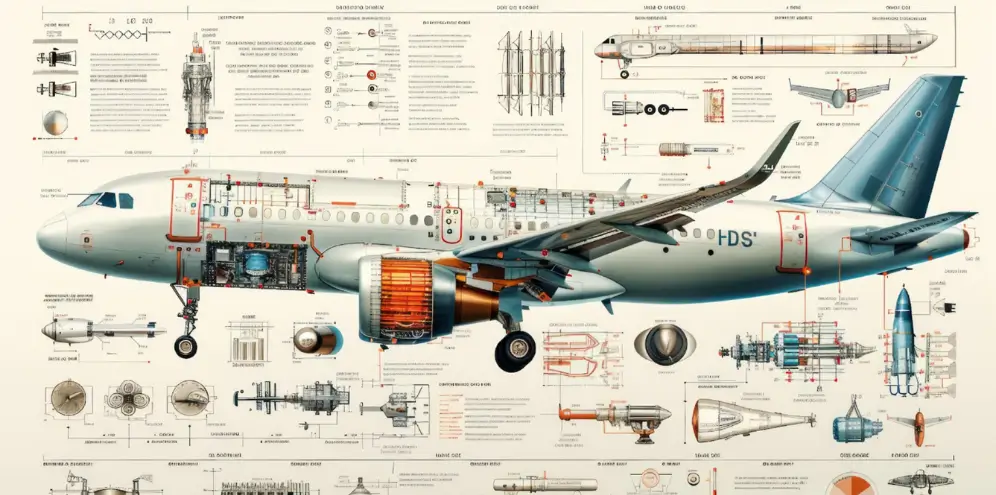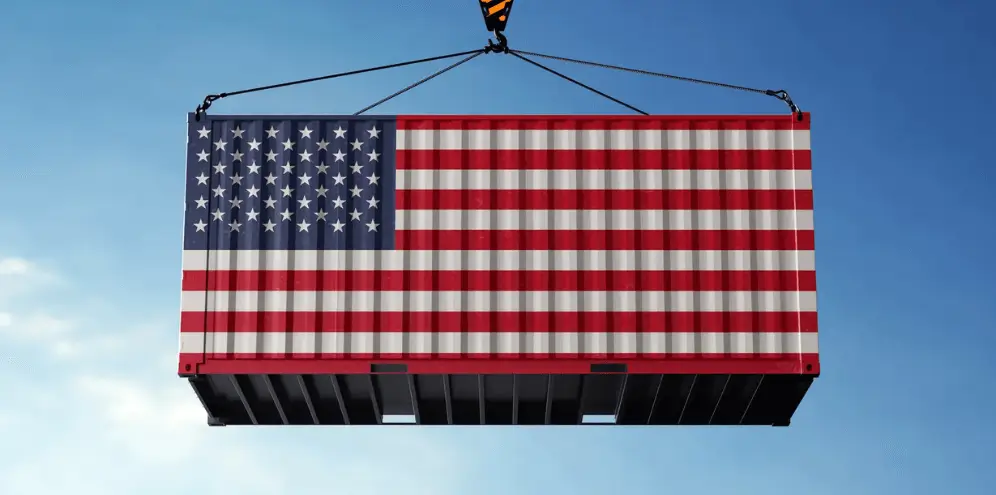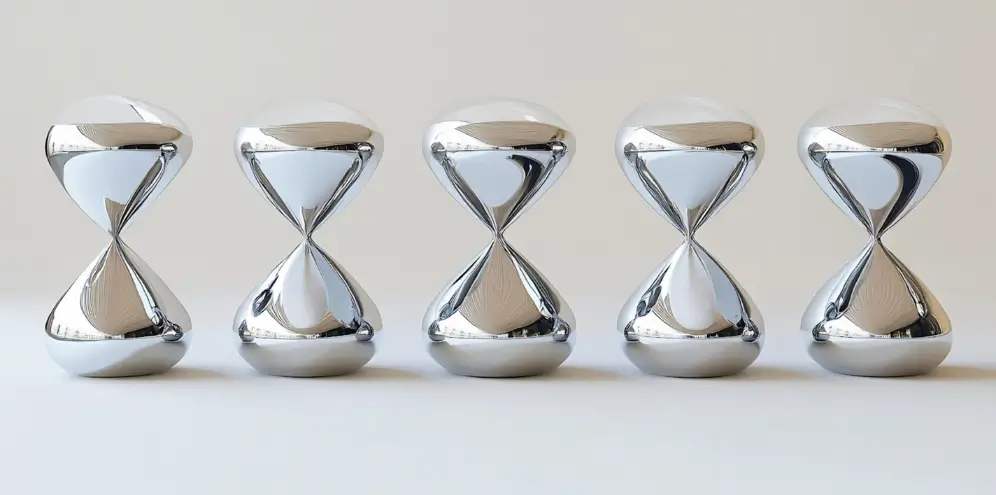Internal suppliers and customers
Are internal suppliers good suppliers? A few years ago, I had just joined a renowned international high-tech company as Supply Chain Director. I’d come from an automotive supplier, where I’d developed habits of customer/supplier relations that were, shall we say, frank and direct, and sometimes a little rough. When things weren’t going well, we said … Read more














